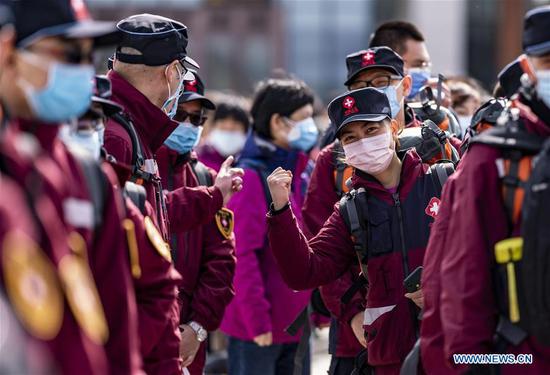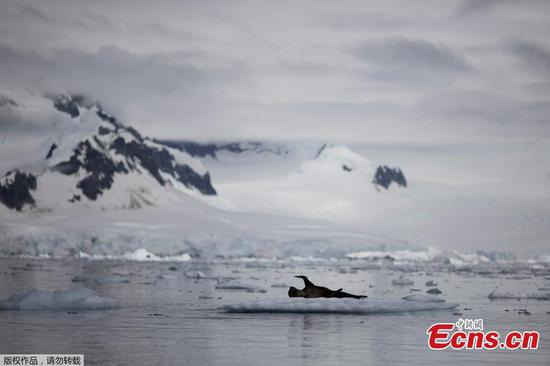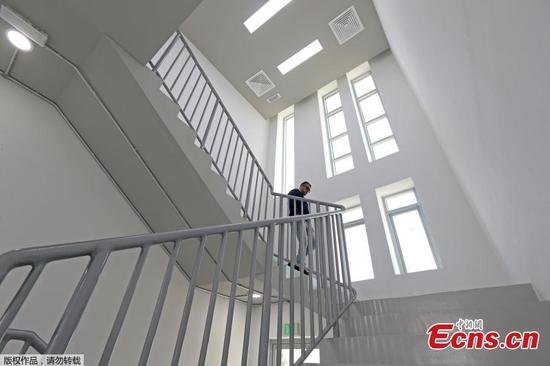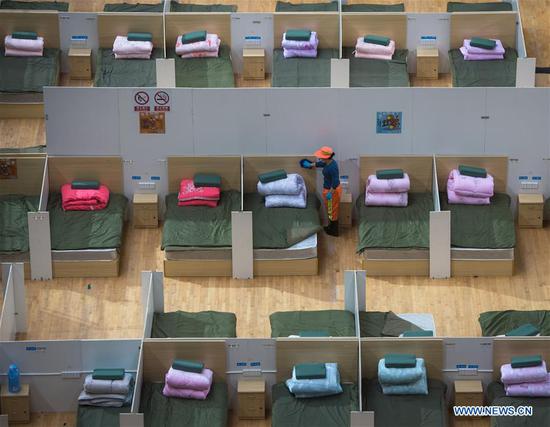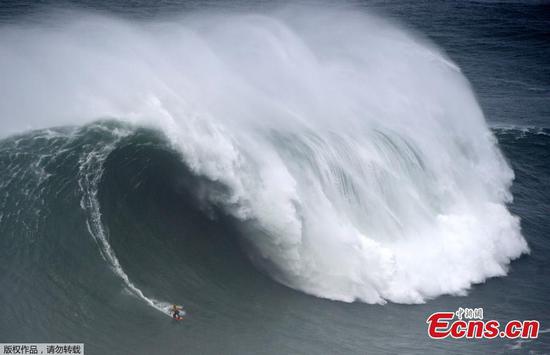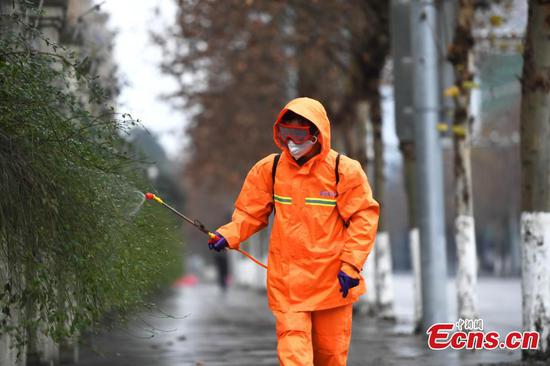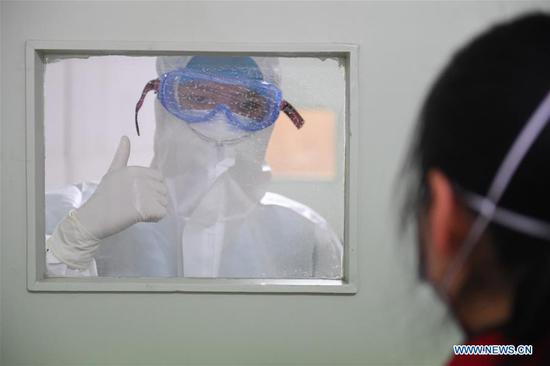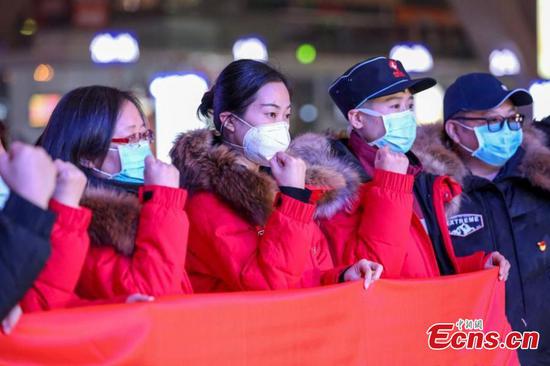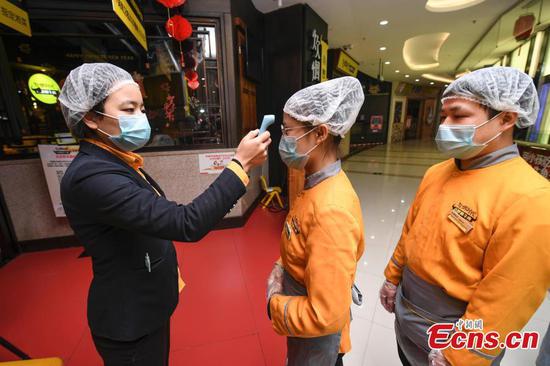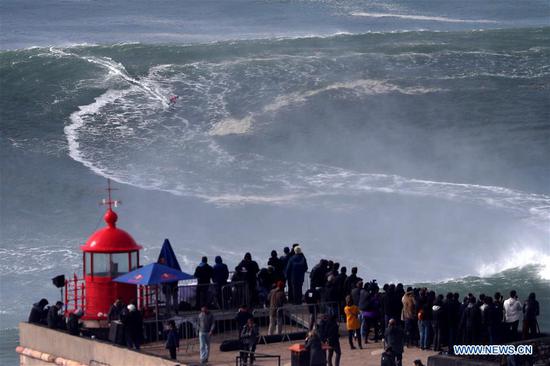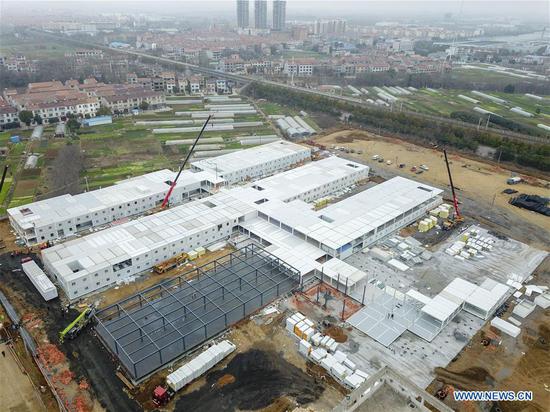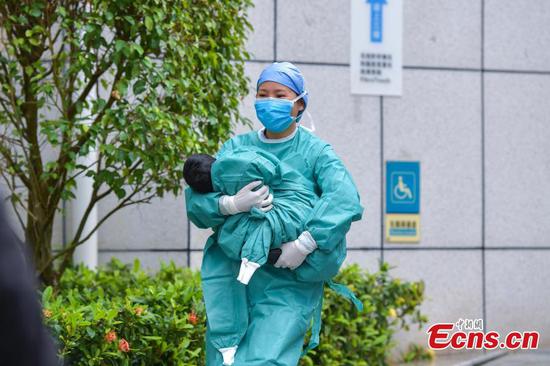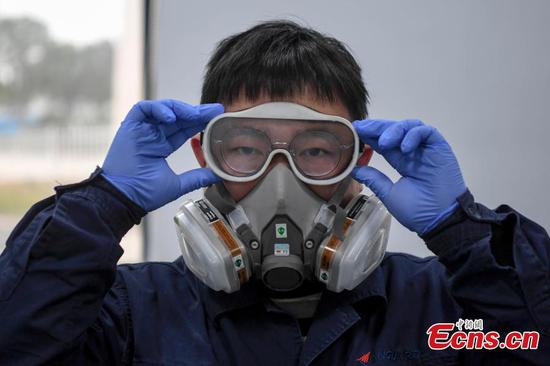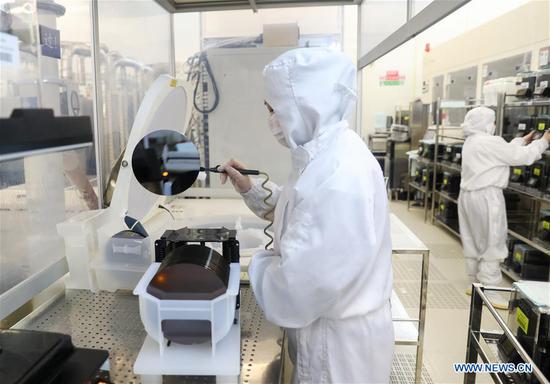
Light traffic is seen on a road near Yellow Crane Tower, in Wuhan, Hubei province, on Jan 24, 2020. (Photo by Zhou Guoqiang/for chinadaily.com.cn)
The China National Environmental Monitoring Center refuted a report posted on foreign websites that Hubei provincial capital Wuhan, the epicenter of the novel coronavirus outbreak, has experienced a marked increase in its sulfur dioxide density, saying "it's a severe distortion of reality".
Data from Windy.com showed the concentration of the polluting gas in some areas in Wuhan at midnight and 1 am on Sunday soared to over 1,500 micrograms per cubic meter, and the highest density even topped 1,700 mcg/cubic m, prompting online speculation that it is a sign of mass cremations of victims of the deadly novel coronavirus.
The monitoring center, together with the Center for Satellite Application on Environment and Ecology and Chinese Academy of Sciences, carried out a careful examination of the data.
The elaborative comparison and verification shows that data released by Windy.com is "unauthentic", a media release from the monitoring center on Wednesday said.
Some monitoring stations from both national and provincial levels are located in the polluted areas mentioned by the website, it said.
"Our comparison and verification finds that the density of sulfur dioxide at these stations at the time of the two mentioned moments fluctuate between 4 and 8 mcg/cubic m, which marks a difference of over 200 times the data from the website."
Similar gaps between Windy.com data and the real reading are also found in other regions, the release noted.
The average density of sulfur dioxide on Tuesday in Dongsi monitoring station in Beijing, for example, stood at about 15 mcg/cubic m. The data from Windy.com, however, showed the hourly density in the area fluctuated between 144 and 318 mcg/cubic m that day, with an average density of 212 mcg/cubic m, it said.
An analysis conducted by satellite experts also showed that the sulfur dioxide density had been kept at a low level in Wuhan and its surrounding areas from Feb 3 to Sunday, it added.
The highest density the analysis found during that period was 11.5 mcg/cubic m on Feb 4-far below the concentration of 1,300 mcg/cubic m reported by the website for that time, it said.










